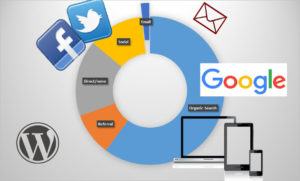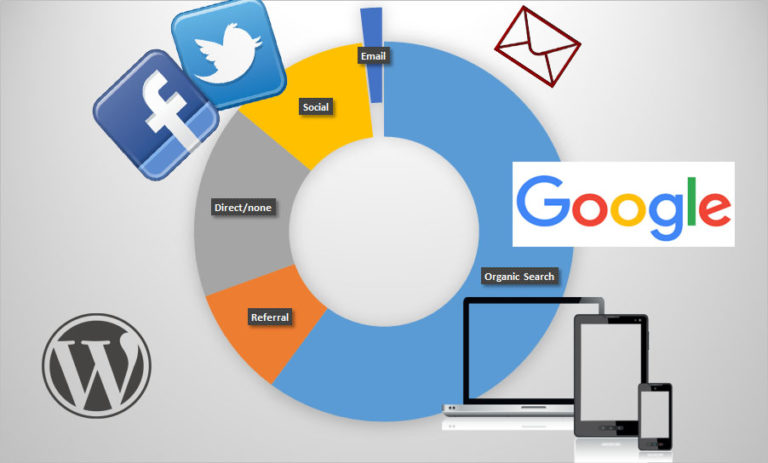 The Life Cycle of a WordPress Website
The Life Cycle of a WordPress Website
This can refers to the various stages a website goes through from its conceptualization to its eventual retirement of a WordPress website. It is a crucial aspect of website development and management as it helps ensure that the website is developed and maintained effectively to meet the evolving needs of its users. The stages in the life cycle of a website include:
-
Planning and Requirements Gathering:
This stage involves defining the goals and objectives of the website, researching the target audience, determining the content and functionality requirements, and creating a project plan. This stage is crucial as it sets the foundation for the rest of the website development process and helps ensure that the end result meets the needs of the target audience.
-
Design and Development:
This stage involves the creation of the WordPress website’s visual and technical design, including layout, color scheme, and navigation structure. The website is then developed using a programming language, such as HTML, CSS, and JavaScript, and a content management system, such as WordPress, is set up. This stage is where the website is brought to life and the various features and functionalities are added.
-
Testing and Deployment:
This stage involves testing the website to ensure that it works as intended and is accessible to users on different devices and platforms. The WordPress website is then deployed on a web server and made available to the public.
-
Maintenance and Updates:
The website needs to be maintained and updated regularly to ensure that it continues to meet the needs of its users and to keep it secure from any potential threats. This stage involves fixing bugs, adding new features, updating content, and ensuring the website remains accessible and up-to-date.
-
Retirement or Redesign:
This stage may occur when the website has reached the end of its useful life or when it is no longer meeting the needs of its users. The WordPress website may be retired or redesigned to meet the evolving needs of its users.
In conclusion, the life cycle of a WordPress website is a crucial aspect of website development and management. By following a structured approach, website owners can ensure that their website is developed and maintained effectively, meeting the evolving needs of their users and remaining accessible, secure, and up-to-date.
Source= TSU.Edu


